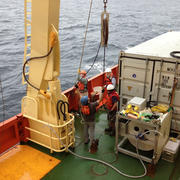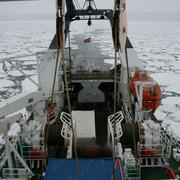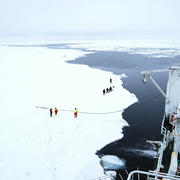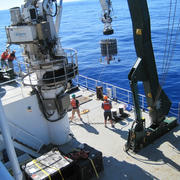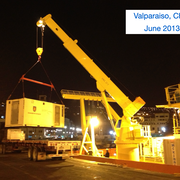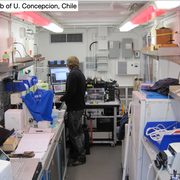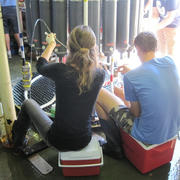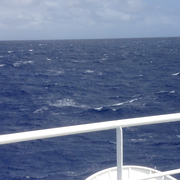Marine Cytometry Inc.

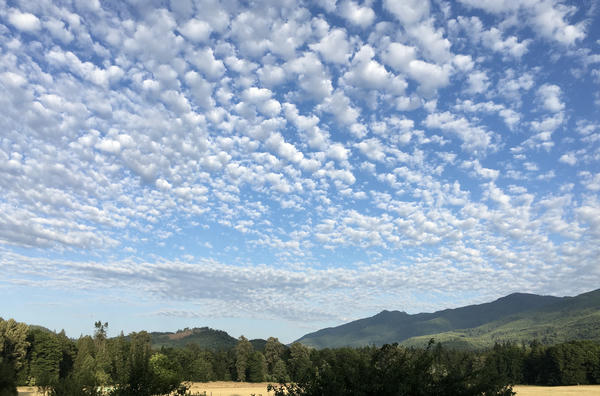
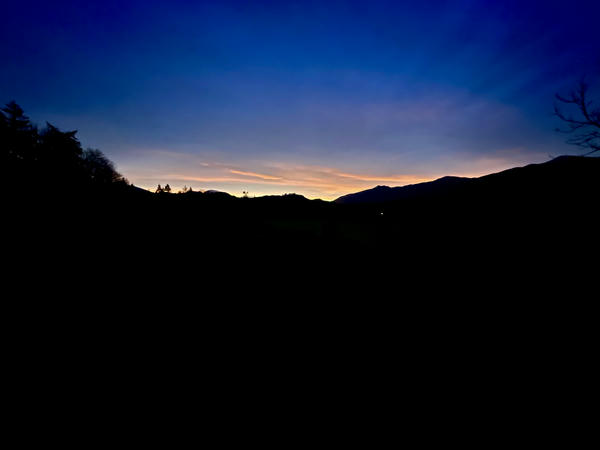
Marine Cytometry Inc. builds analytical flow cytometers for the study of phytoplankton communities. The organisms at the base of the aquatic food chain are very small: about the size of the wavelength of light. Mie theory predicts that their scatter and polarization vary with the direction of observation and consequently cannot be expressed in a single value. The energy harvesting the pigment complexes make use of non-linear energy transfer mechanisms. Documentation of anisotropic optical phenomena requires flow instruments that measure spectral and polarization signals at adjustable angles.
Correlating plankton identity with biological activity requires combining optical measurements with single-cell manipulation and DNA analysis. The sorting equipment needs to be flexible, accurate, robust, and PCR-clean, so that experiments can withstand the rough conditions of work at sea.
The MarLux™ Cell Sorter
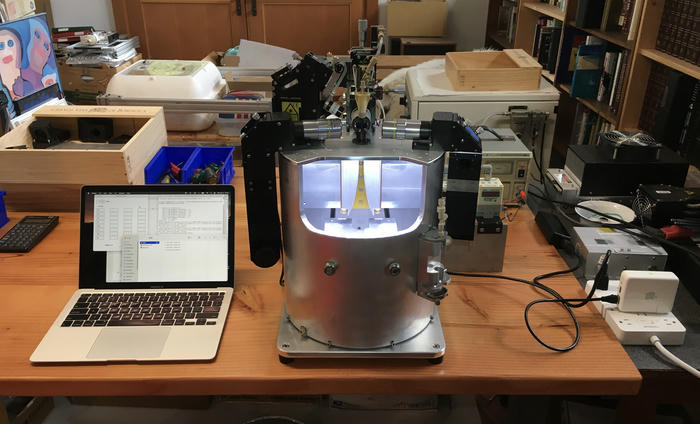
Dark Field Flow Cytometry
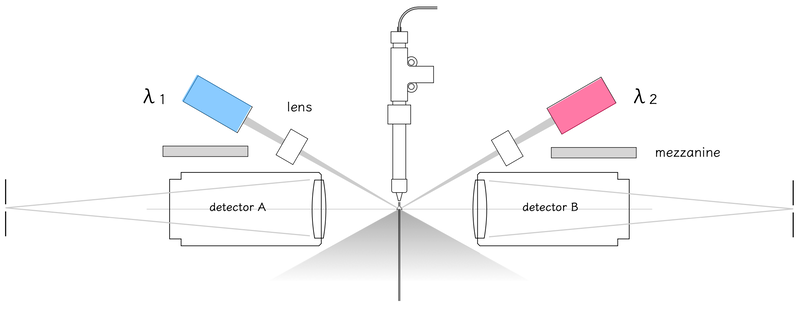
A two-tier organization allows placement of illumination and detection channels at any angle.
MarCy's cytometers utilize a unique off-axis illumination geometry that presents particle scatter against a dark background. Laser reflections that bounce inside the jet and optical elements are directed away from the detector field1.
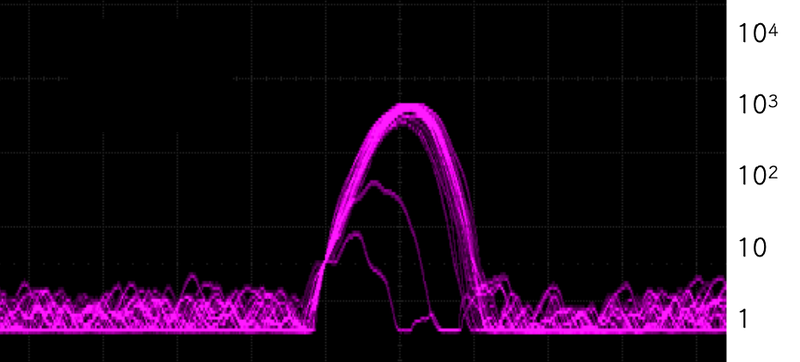
The MarLux detect 0.2 µm particles 2-3 decades above background.
Dark Field illumination allows the noise-free detection of particles as small as 1/2 the illumination wavelength.
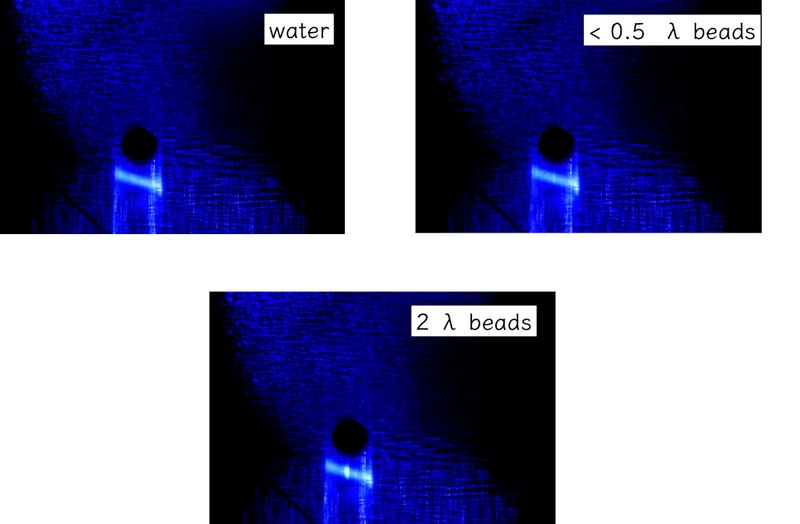
Raw images without scatter bar or chromatic filters at λ = 450nm
Full Spectrum Omni-Directional Flow Cytometry™
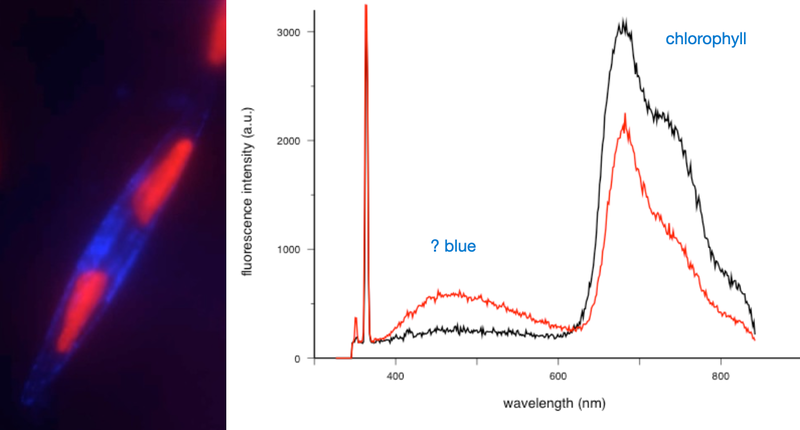
Fluorescence spectrum of Pseudo-nitzschia multiseries.
Since the illumination and registration optics are in different planes, they can be oriented at any angle1. In order to detect color-changes associated with energy transfer, the angular distribution of the polarization state can be determined. The instrument can also be equipped for full spectrum analysis.
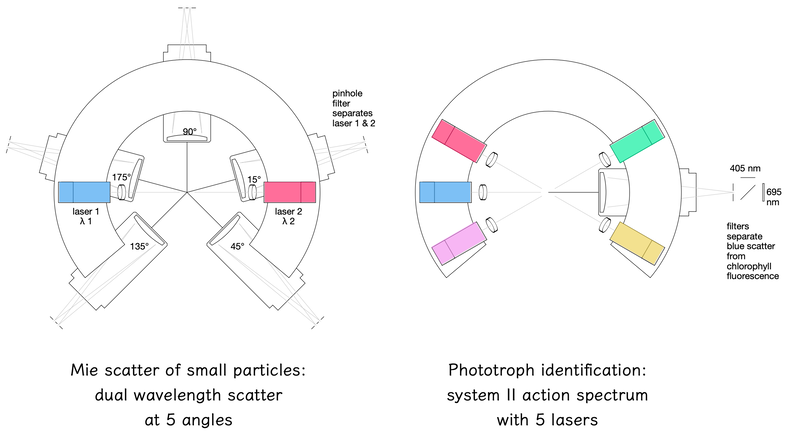
The MarLux™ cell sorter incorporates Dark Field illumination in a circular layout. This geometry allows multiple excitation and emission channels (up to 5 each) at user-selectable angles. Because of its flexibility and low background noise, the MarLux is well suited to investigate particles whose properties fall in the Mie scatter domain.
Controlled Environment Sorting
Many marine organisms are adapted to a low oxygen environment. MarCy's instruments allow live sorting in a controlled atmosphere.
Real-Time Multi-Parameter Classification
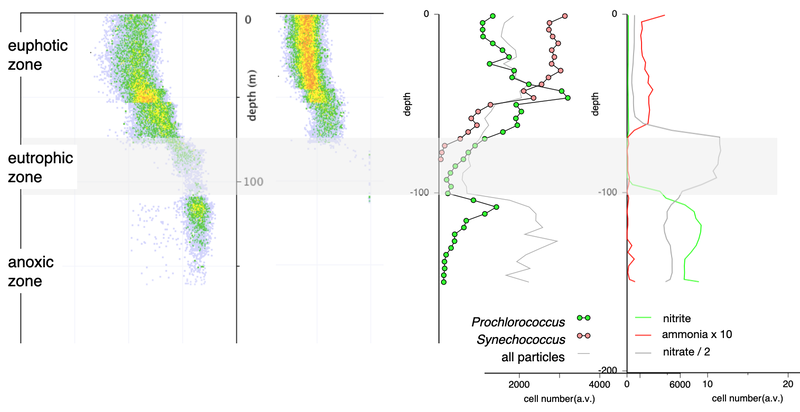
The MarLux™ Open Bus Protocol combines particle properties with environmental conditions. Photo-pigment expression is controlled by ambient light. The local temperature and salinity of seawater hold information about sea currents and upwelling.
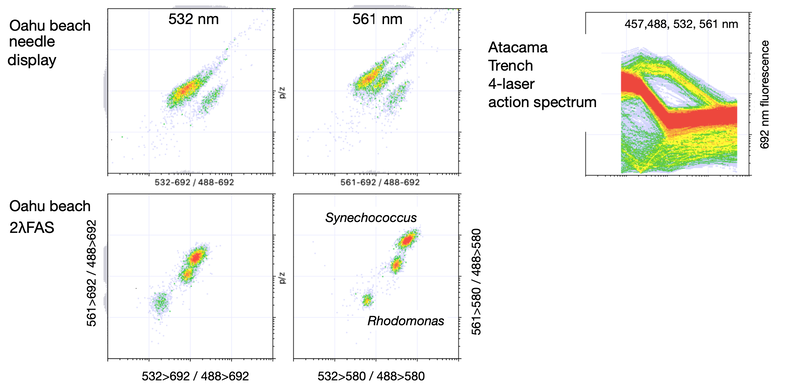
Multi-laser, single-pigment action spectra can be displayed as needles and as ratios of four excitation wavelengths.
Particle sorting based on anisotropic fluorescence signatures may require a combination of multiple angular signals. The MarCy data bus executes high-speed custom algorithms in real-time.
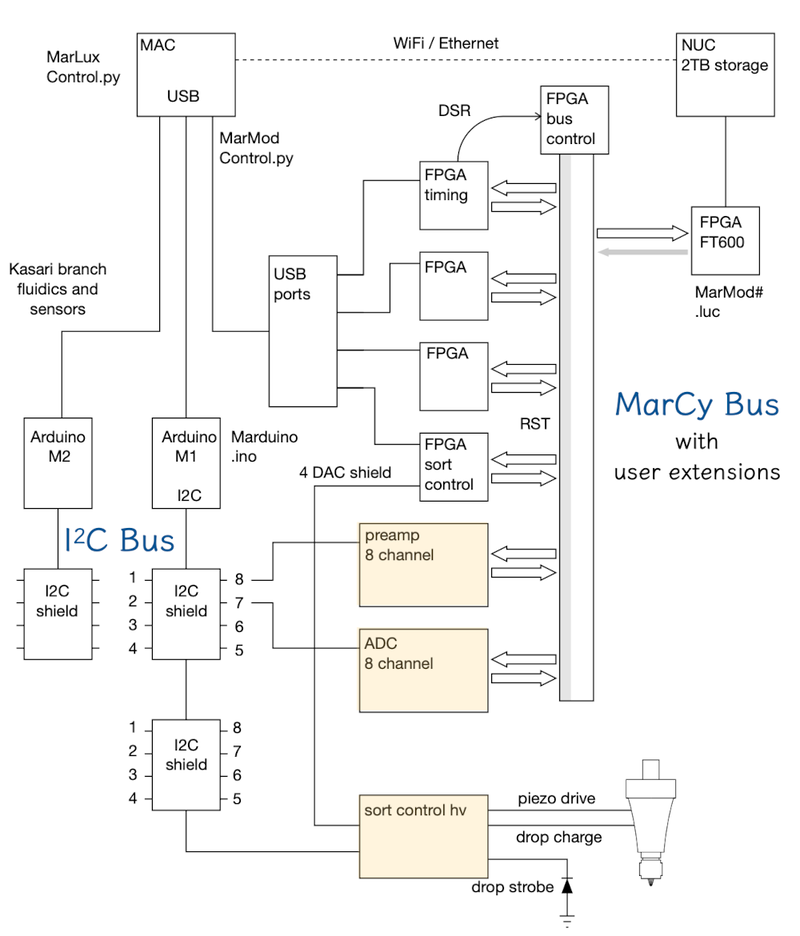
MarCy bus with user extensions
Sorting on calculated properties requires consistent real-time signal processing. The MarCy bus accepts user programmable FPGAs that perform data calculations for event classification on multiple event parameters.
MarCy's novel flow technology offers advantages in small particle analysis beyond marine biology. The company actively explores novel applications with leading scientists. MarCy scientists have participated in field trials off the west coast of South America, over the Atacama trench, in the Arctic and in time series near Hawaii and Bermuda.
Contact us if you have a small-particle application that might benefit from the MarLux™ Omni-Directional™ Flow cytometry technology.
US Patent PCT/US2019/040942
